Customer Data Platforms such as CustomerLabs 1PD Ops are starting to become a vital ally for marketers who wish to increase their customer engagement. The following article will serve as a goto guide for marketers who want to take their customer engagement to the next level. It is important for any marketing team to engage their entire customer database. However, things get complicated when marketers need to re-engage users across the entire buyer’s journey.
See this blog in a quick video format…
Email as the primary engagement channel
Most of us marketers use email as our primary channel to engage our existing users. According to the data composed by Campaign Monitor the average email open rates can go up to 20%, which means the maximum we could engage is 20% of our database at any given point. So, finding other communication platforms to engage our customers is absolutely crucial.
First, let me list out the channels I feel you should leverage:
Re-engagement Channels
– Email Marketing
– Facebook / Instagram
– Google Adwords
– Quora
The above-listed channels will give us coverage of up to 80% of our customer database, but there are a few challenges that might stop marketers from executing campaigns effectively.
Primary challenge 1 – Unified Customer Data
Email marketing tools have become extremely sophisticated and integrate well with tools commonly used (website, CRM, billing solutions etc.) in a marketing stack.
Unified customer data is the cornerstone to engage customers across the buyer’s journey.
Consider this example, A basic requirement for any SaaS business is to understand which stage (Trial or Paid) their customers are in. If a customer is in a paid stage, then we need to know how effectively they are using the product. Access to this data in one place (single customer view) is important since it saves time and helps in delivering consistent communication across channels.
Primary Challenge 2 – Syncing data across all the channels
Having a unified customer data is one, however, we should also be able to sync this data to all the above-mentioned channels. While not all the channels in the market support detailed customer data, most of them do. As a marketer, we need to be decisive about selecting the channels that support extensive customer data and employ them to reach our customers.
Primary Challenge 3 – Tech support to integrate all these channels
Our major roadblock as a marketer is depending on our engineering team to get the data unified and synced. We are so dependent on the tech without them most of our strategies cannot be executed the way we want.
Introducing Customer Data Platform (CDP)
Primarily CDP’s can help marketers in three major ways,
- “Codelessly” bring customer data from various marketing touchpoints like websites, chat platforms/bots, billing solutions, email marketing & marketing automation platforms
- Seamlessly unify customer data from multiple formats into a single 360 profile
- Sync the data back with all the marketing platforms to re-engage the customers
Customer Data Platform Advantage 1: Bring customer data from various sources
While CDPs help in gathering customer data across various touchpoints, a website is the primary touchpoint to collect user engagement data.
a. Website Tracking
With a plain Javascript embedded on the website, CDPs will allow marketers to track both anonymous and known user interactions, signups, cart activities, purchases, button clicks and every other engagement seamlessly and most importantly without developer dependency.
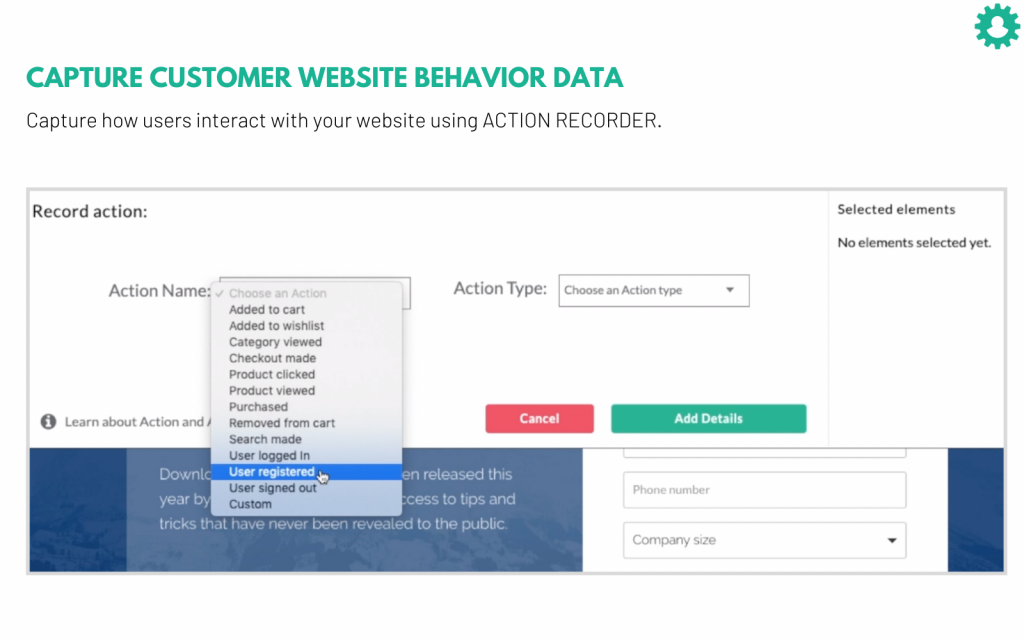
For more details on how to track website and user engagement in CustomerLabs 1PD Ops, please go through these articles
b. Capture data from other sources (CRM, Billing, Marketing Automation tools)
Marketers also need data from other tools to effectively engage customers across the customer journey. We all know how hard it is to bring data from a CRM to email marketing automation software. With CustomerLabs 1PD Ops we can seamlessly bring data from any marketing tool which supports webhooks and configure the data to meet our requirements.
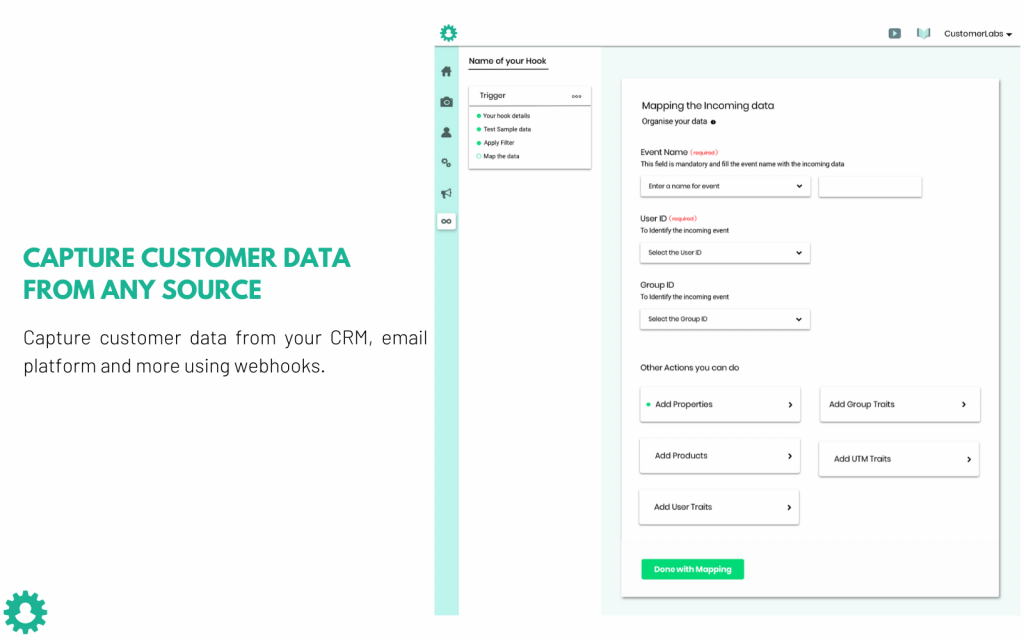
Customer Data Platform Advantage 2: Unify and create a 360 profile of a customer
Once we start collecting data from various sources, a CDP should ideally create a profile for every single customer.
a. User Traits
For every profile, the data will be collected in various ways, the most important being user traits. For eg: Name, Address, LTV, External IDs of a customer, lifecycle stages, pricing plan and other user-specific details can be combined as user traits.
b. Events timeline
Interactions with our business in all areas can be defined as events, for eg: opened an email, email bounces, added to cart, purchased etc
c. Group traits
Group traits are primarily used by SaaS businesses/B2B, if you’d like to combine users into a single group view then using groups and traits will be helpful.
Once we collect all the data, we’ll be able to create a 360 profile for every single user.
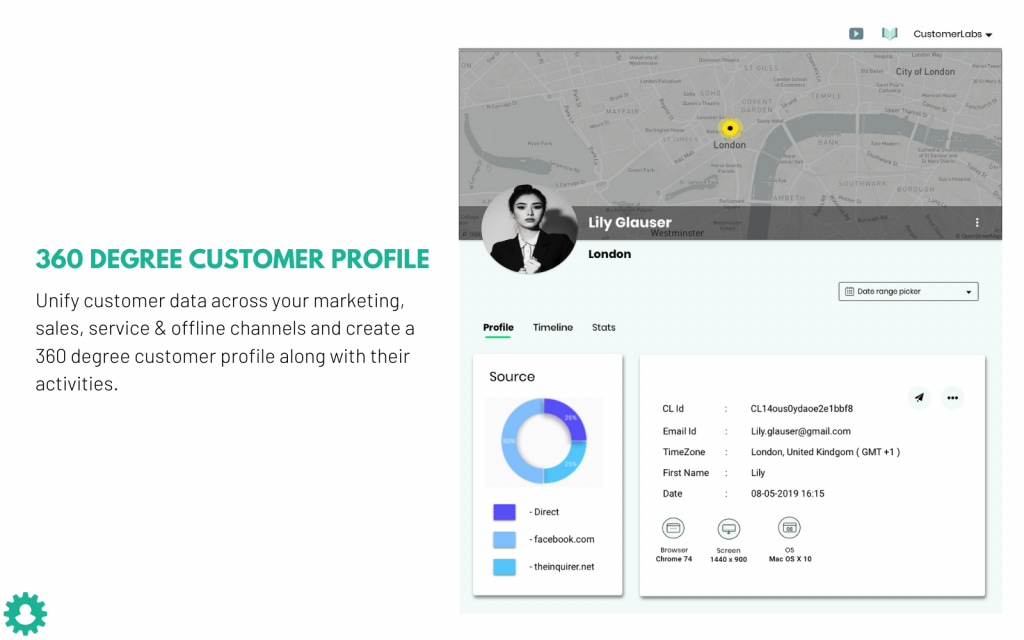
Customer Data Platform Advantage 3: Sync the data with your marketing tools
Once we have all the data, the next step is to push it into all the marketing tools of choice. For example, Google Analytics, Facebook, Drip, Intercom, Hubspot and many more.
In this example, I’ll show how you can sync all your data with Google Analytics from multiple systems and create segments to re-engage users.
Once the sync has started from CustomerLabs 1PD Ops, Google Analytics will start mapping the users to very specific events.
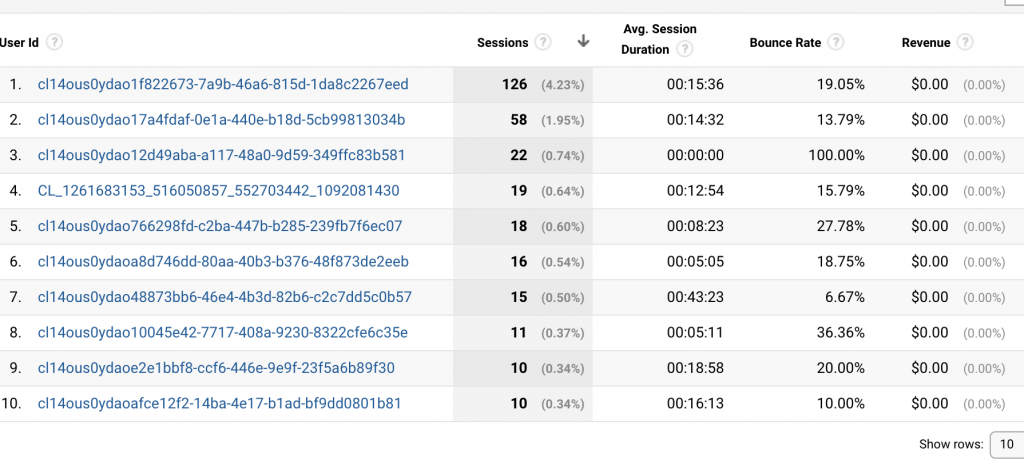
Once you’ve all the details in Google Analytics, we can then create custom segments to re-engage users.
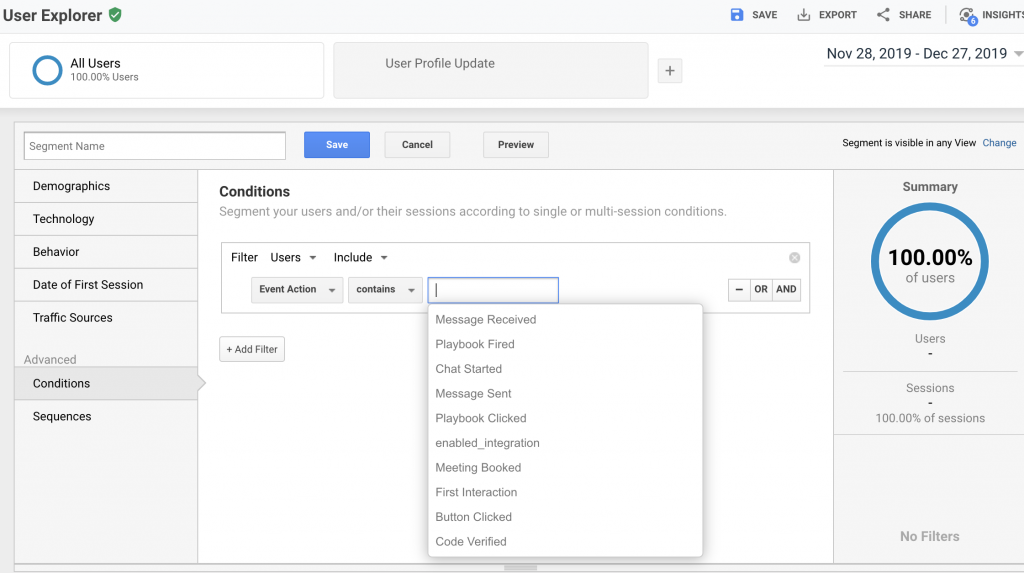
The created segments can be then pushed into Google Ads for re-engaging the users.
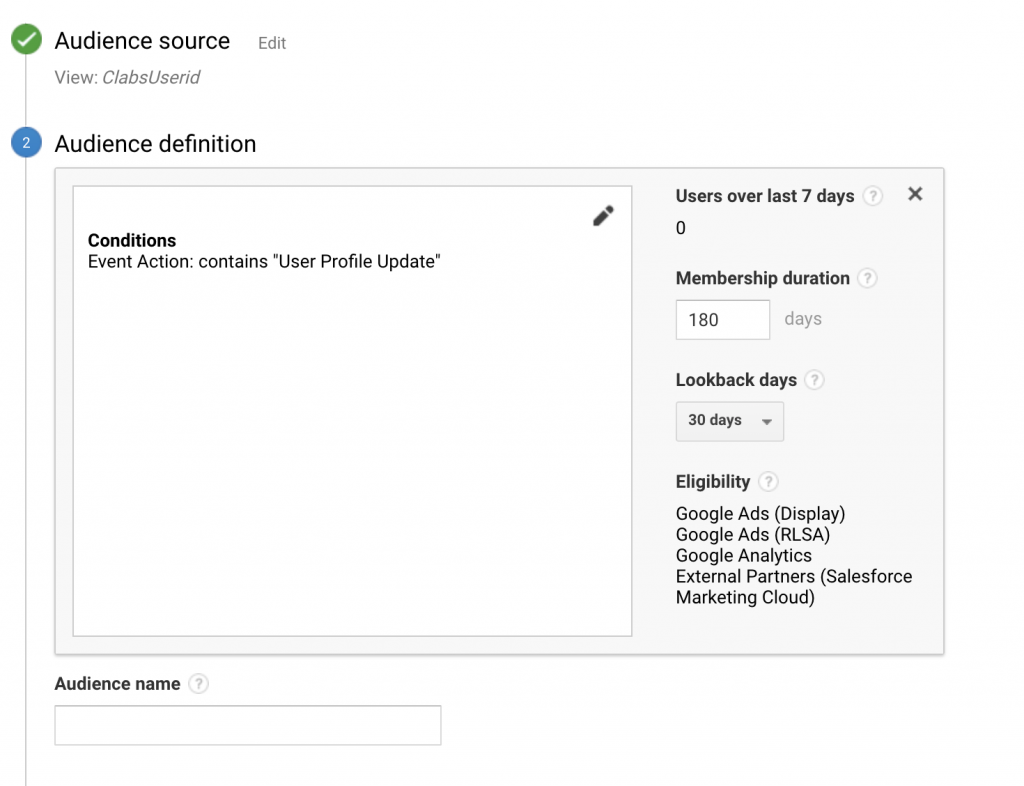
Voila! You’ll now have your audience list in Google Ads. You can now go on to create engaging content.
Customer Data Platform Advantages:
a) CDPs will become a marketer’s best friend
b) No-code customer data platforms like CustomerLabs 1PD Ops will remove developer dependencies
c) CDPs can bring all the data from various sources and create unified customer profiles
d) CDPs can sync the unified customer data back into all the marketing tools of your choice.
Summary:
- Collect customer data from various sources (Marketing, Website, CRM, Billing)
- Unify the customer data, so we’ll have 360 profiles for every single customer who interacts with our business
- Send the unified data back into marketing tools.
- Create segments to re-engage your customers.
- Strategize and plan the campaigns based on available customer data.
- Increase your customer engagement from 20% to 80%



